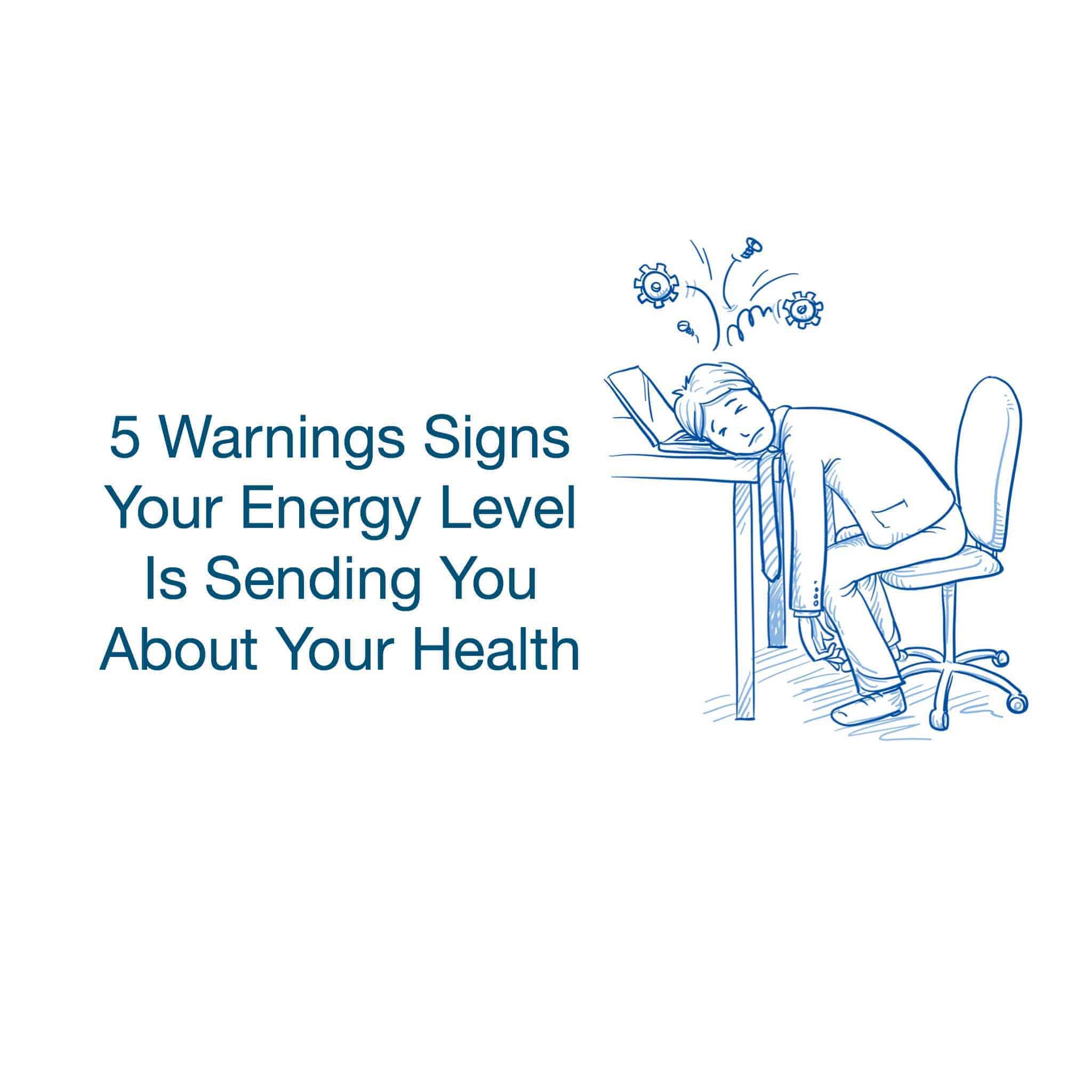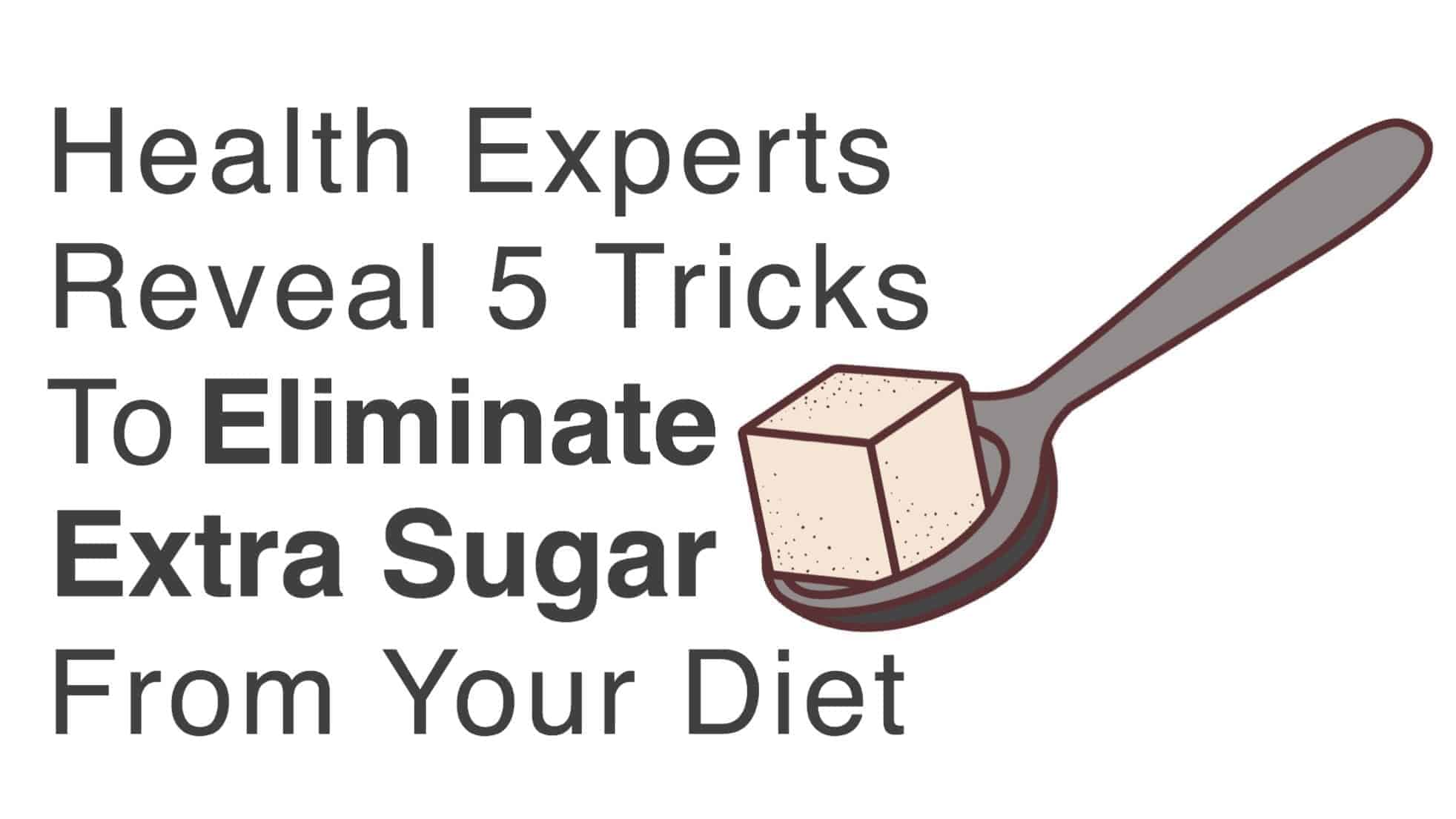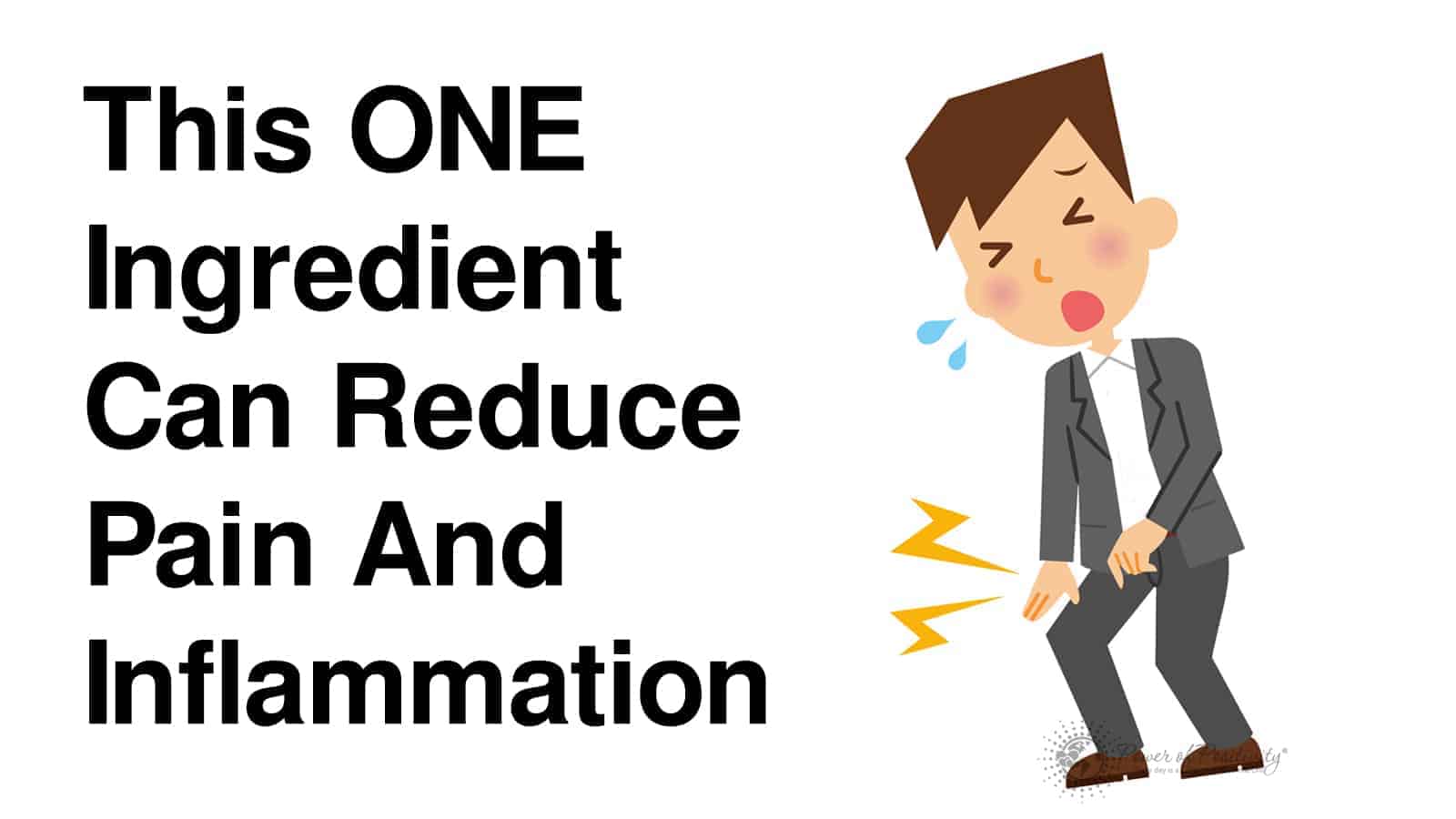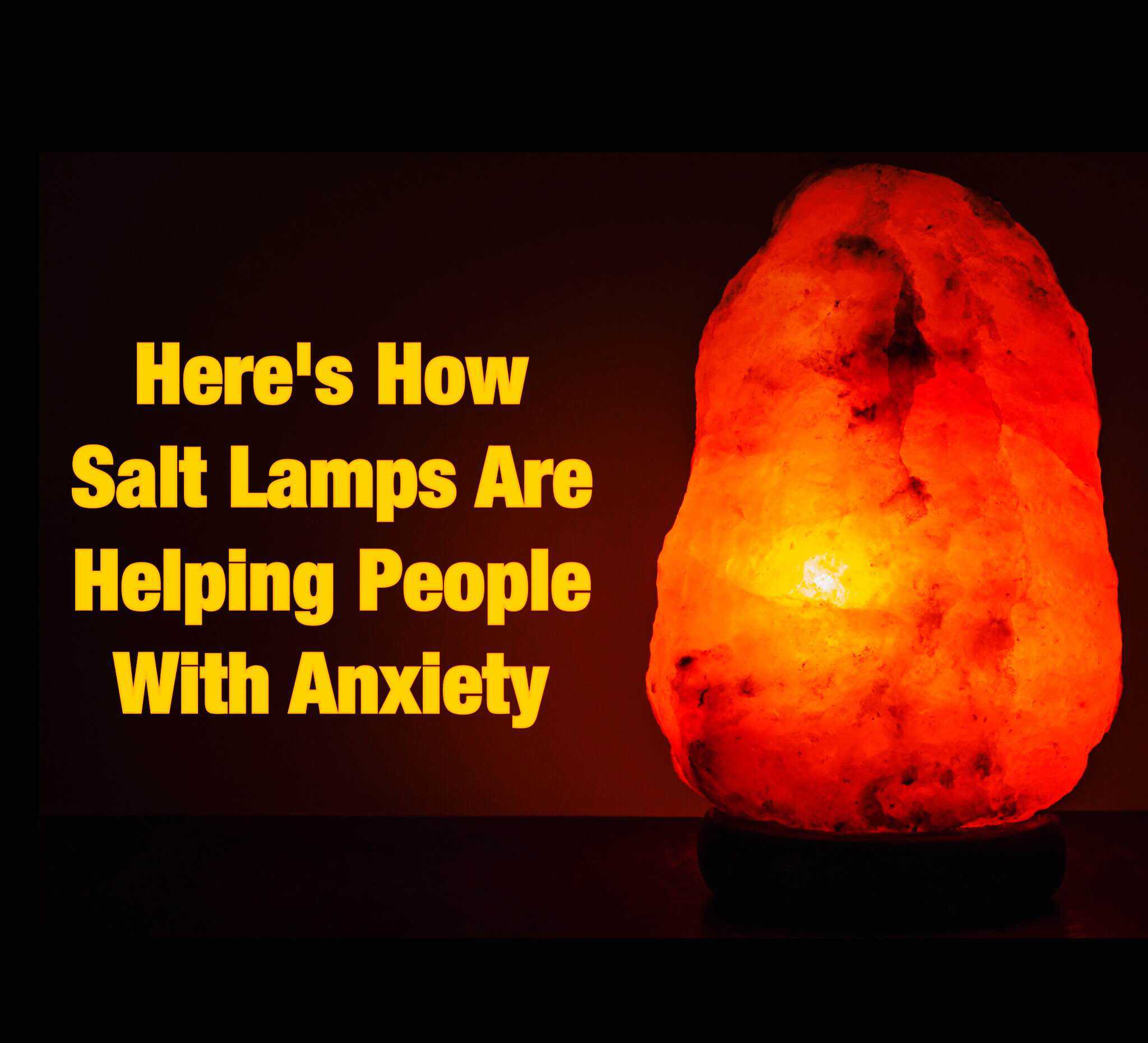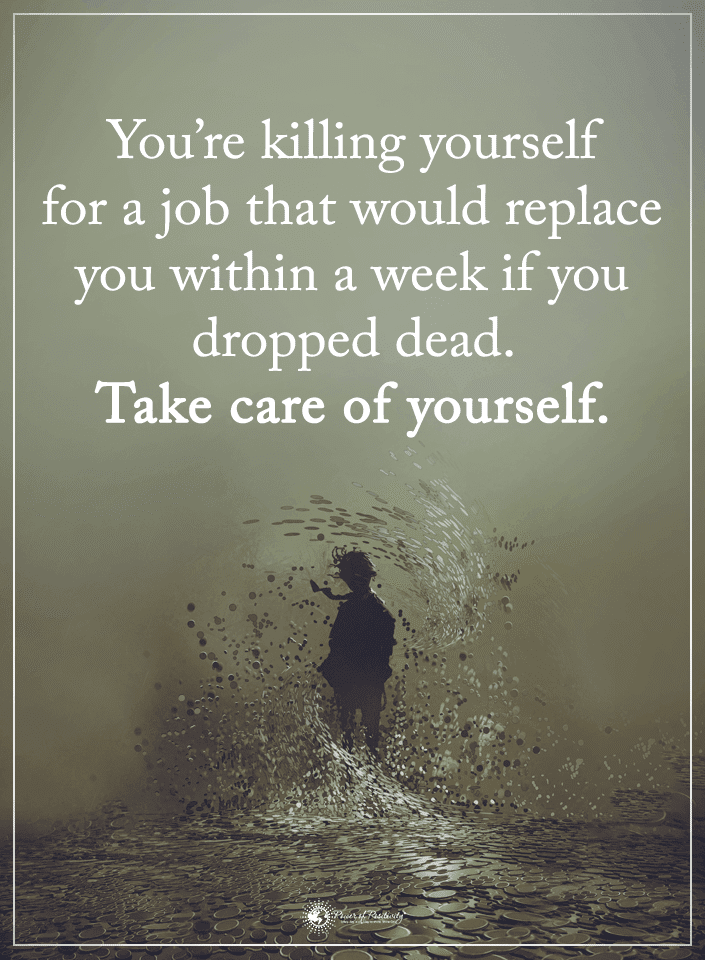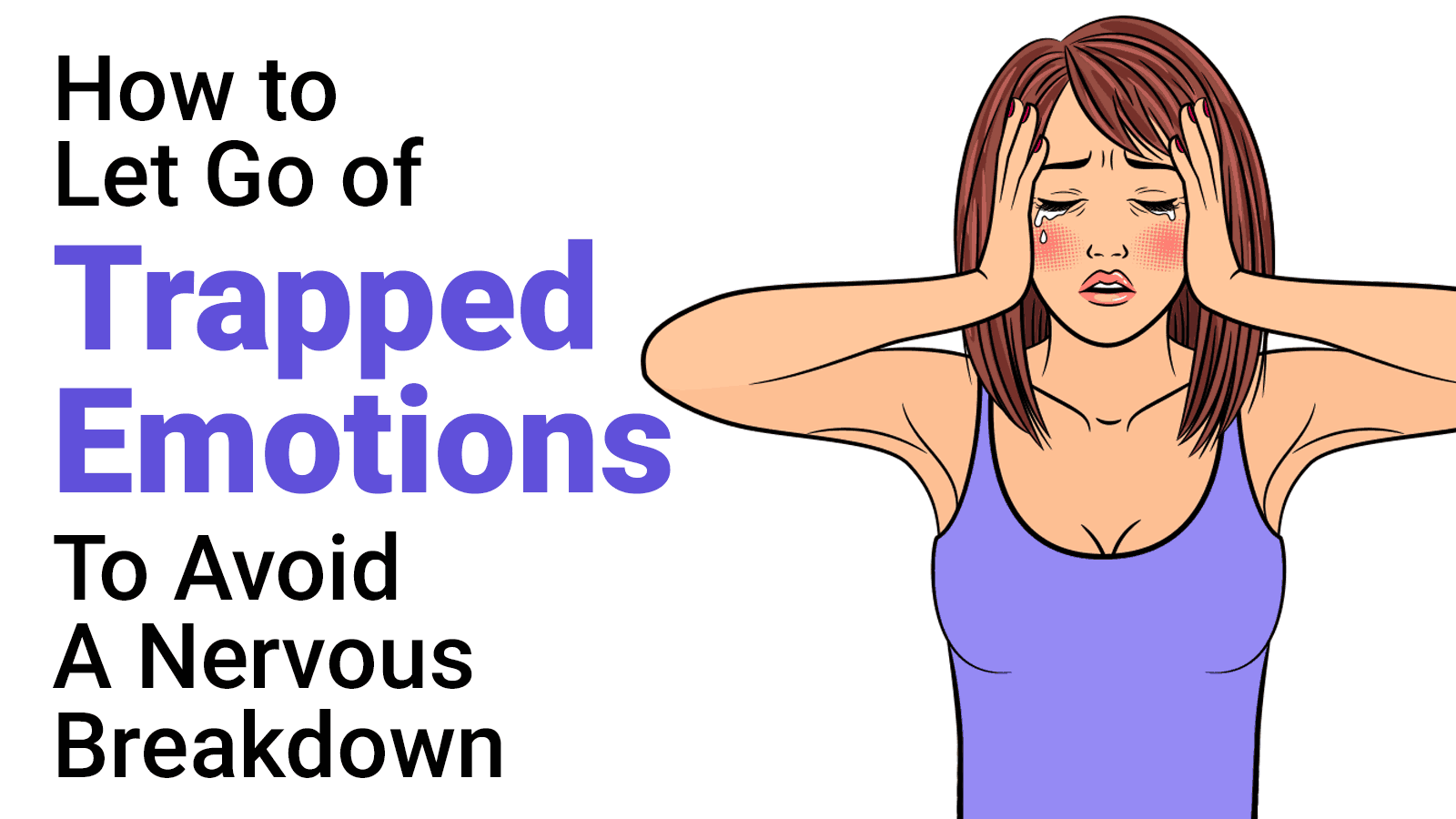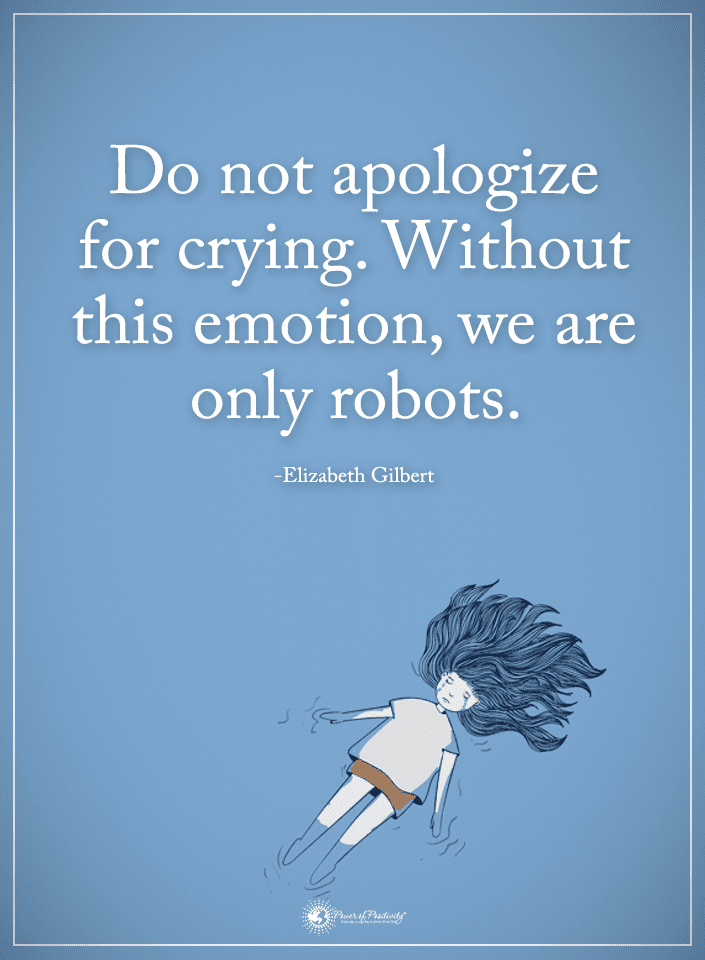About 90 percent of Americans consume caffeine in one form or another every single day. More than half of all American adults consume more than 300 milligrams (mg) of caffeine every day, making it by far America’s most popular drug. – Villanova University
There is nothing wrong with a bit of caffeine for extra energy. In fact, scientists often highlight its numerous benefits for the brain and body. In addition, caffeine does not appear to have adverse effects, even in relatively large doses. Per the Mayo Clinic:
Up to 400 milligrams of caffeine seems to be safe for most healthy adults. That’s roughly the amount of caffeine in four cups of brewed coffee.
You might find that bit of information surprising. What is more, the Mayo Clinic is not the only health center sharing this kind of data. Consider this comment by Harvard University’s Dr. Robert H. Schmerling:
Over the last several decades, coffee has been among the most heavily studied dietary components. And the news is mostly good. Moderate coffee consumption (three to four cups per day) has been linked with a longer lifespan.
(Coffee, by the way, has numerous research-based health benefits!)
The problem isn’t caffeine, but the wave of adulterated caffeine-based products. These have led to an alarming public health epidemic. Companies like Monster Energy, Red Bull, and Rockstar make energy drink products loaded with additives, which are known to be harmful the body. Sugar, high-fructose corn syrup, ginseng, gingko biloba, guarana, high levels of taurine, and an excessive amount of B vitamins enhance the physical and mental effects of caffeine. The problem is that the biochemical interaction between these ingredients can be very dangerous.
So how do you get the energy without the potentially harmful additives? Enter the better option: natural energy drinks. Because these are homemade, you can have full control over what you put inside your drink (and your body).
These Healthy, Natural Energy Drinks can Improve your Mood and Boost your Energy Levels
Apple-Banana Energy Shake
Yeah, this drink is as good as it sounds. Energy-wise, apples are the cream of the crop (or tree), as they are packed with vitamins, minerals and natural sugar. Bananas are a perfect complement, because they provide a quick-acting effect on mental stamina. This is one of the simplest natural energy drinks that you can make.
Ingredients:
1-2 peeled apples
2 bananas
¼ cup cold, non-fat milk (optional)
½ cup crushed ice
Directions: Mix all ingredients in a blender until smooth and serve chilled.
Kombucha Tea
Kombucha – a type of fermented green tea – contains probiotics, vitamin K-2, vitamin B-12, and fatty acids. The last two ingredients are very beneficial for cognitive energy and function.
Ingredients:
1 gallon of water
4 black tea bags
¾ cup of organic sugar or organic artificial sweetener
SCOBY (Symbiotic Culture of Yeast and Bacteria)
Directions: First, place the SCOBY in a glass jar and set aside. Bring the gallon of water to a simmer and mix in the tea bags. Add the organic sugar (or sugar substitute) and boil for about 15 minutes over low heat. Allow the mix to cool before pouring into the glass jar. Place a rubber band over a paper towel or coffee filter, which will allow the mixture to “breathe.” The culture will develop in seven-to-ten days. Finally, you have the opportunity to serve yourself and glass, and enjoy the health benefits.
Mint Tea Refreshment
A few refreshing mint leaves plus vitamin-C-packed lemon juice equals a serious energy kick!
Ingredients:
1 cup of cold-brew green, white, or mint tea
1 cup of cold water
A glass full of ice
1 whole freshly squeezed lemon
A few sprigs of fresh mint
Directions: First, combine all of the ingredients into a cocktail shaker. Shake thoroughly and then pour mixture into glass.
Coconut-Matcha Energy Drink
Matcha contains a natural calming agent called l-theanine. When combined with the right ingredients, it provides a calm, focused, and happy energy. (Think coffee without the jitters!) Coconut, while it doesn’t have caffeine, contains a fatty acid called medium-chain triglycerides (MCTs). These provide a super quick energy boost. Oh, and it’s delicious!
Ingredients:
1 cup coconut water
2 teaspoons matcha powder
Orange slice for garnish (optional)
A few ice cubes (optional)
Directions: Mix matcha powder with coconut water and mix thoroughly. If desired, garnish with orange slice and serve over ice cubes.
These natural energy drinks are sure to give you a lasting energy and mood boost! In addition, they make tasty homemade beverages. The only problem you’ll face is deciding which one to try first.
https://youtu.be/7BNGVmwxoHI

